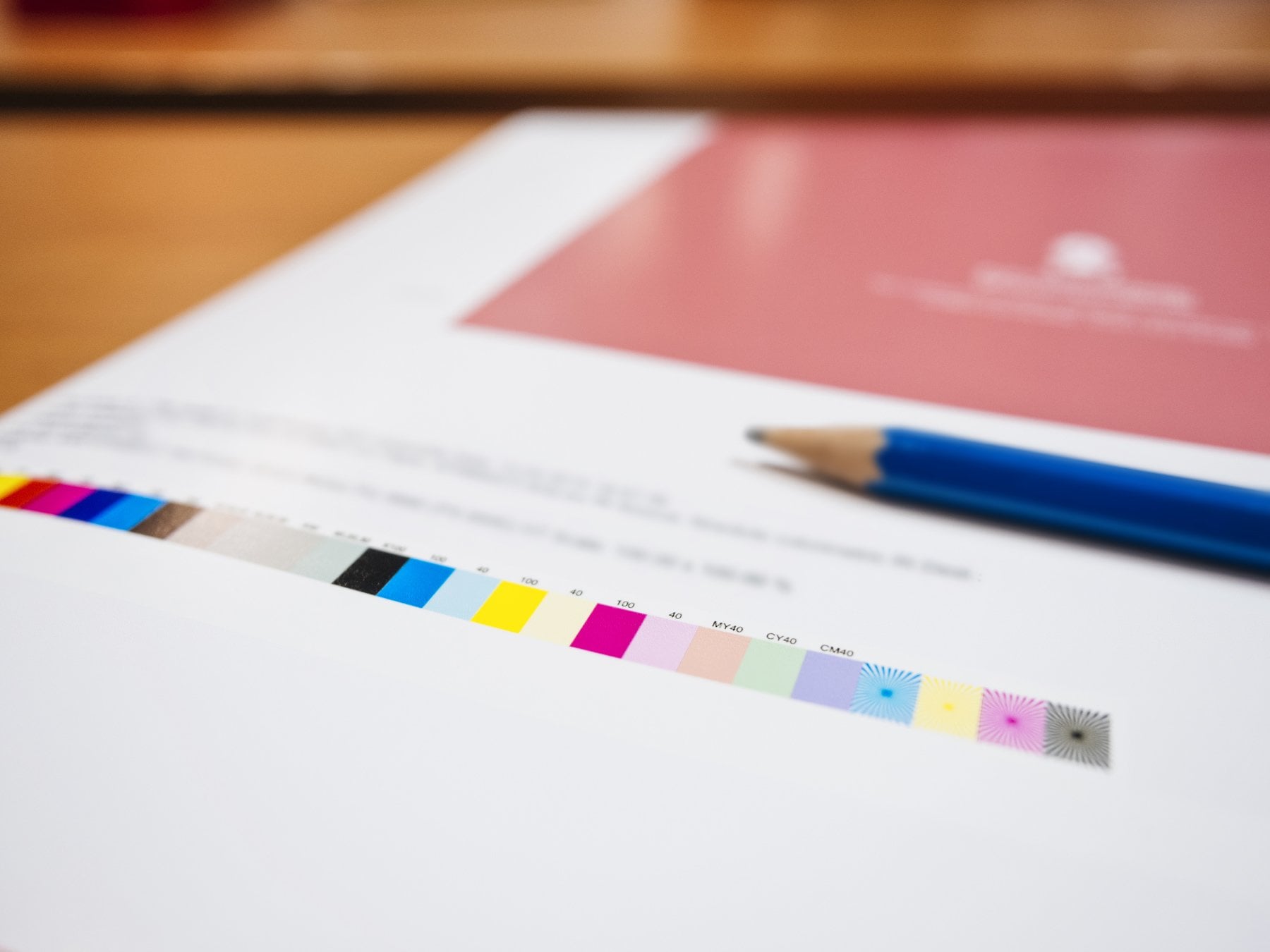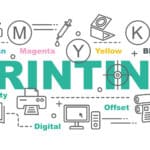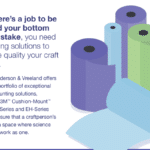Making the Leap—to Digital
You have a nice steady stream of business for your flexo presses. The jobs come in, the work goes out and the revenue is good. But a couple things worry you.
First, is that you’re seeing run lengths get shorter as customers choose to print labels and flexible packages in volumes that are closer to their actual sales levels. And SKU proliferation is getting to be a time/labor/bottom line concern. So far, you’re adapting to this OK, but you’re acutely aware of the costs attached to changeover times and how this is limiting the number of these shorter jobs you can run each shift, each day, each week. And it’s starting to amount to real money. The only think you are sure about is that the world has changed and that the days of long press runs are (mostly) a fond memory.
Second, you know that some of the new press technology on the market can help with some of these issues. So you’re wrestling with how much you can afford to spend and whether you should make the leap and bring in a digital press. And even though you’ve talked with people on both sides of the conventional versus digital question you still don’t know which is best.
No magic bullet
There is no one-size-fits-all answer for this issue. What worked great for the guys sitting across from you at breakfast at the TLMI meeting may or may not be the right approach for you. So you need to think about this in three ways: what is right for your business now, what makes sense six months from now, and —much harder— what is best two years from now. Looking at these three timeframes gives you a big picture perspective and given the fast pace of change in label and packaging printing, you need to have this viewpoint. And the answer is…
Go digital. Adding a digital press is a big move, but the technology —especially inkjet—has become stable and offers real advantages for label, flexible packaging and folding carton printers. It is not going to be pain-free —you need to know this going in— but for most converters, it is the best path forward when you consider the big picture. A detailed look at all the moving parts requires a bit more space than this blog allows, but here are some key points you need to be thinking about and how you need to proceed:
- Identify the weaknesses in your operation today. This defines a starting point. Is the best solution a new, fully modernized flexo press, a fully digital press or a hybrid? Good vendors will take the time to get a real feel for your operation and talking with them may give you a better understanding of your needs because they can see your shop as an outsider.
- Narrow down the technology. It will most likely be UV inkjet or toner. UV inkjet has the speed that’s closest to your flexo presses and the image quality is for the most part comparable, but toner has its own advantages. Good salespeople will help you see which is the best fit. There are also some hybrid flexo presses on the market that combine flexo and inkjet and flexo and toner. These can seem ideal, but be sure you understand the upsides and downsides of these devices, including how the digital costs and service are handled.
- Get into all the operational details of any new machine from the vendor. Ask about color management, substrate choices, image durability, press uptime, inkjet head life, operating costs, manual and digital workflows, the amount of self-maintenance you can do, and finishing options. Compare costs between vendors and with what you do now. Be sure to factor in all costs, including consumables, storage, waste, etc.
- Include your production/shop floor manager, pre-press team, and press operators into discussions with vendors. These folks will ask questions you may not think of and you need all the answers before you can make the best decision.
- Find out what companies a prospective equipment vendor partners with for color management, workflow software, substrates, and finishing.
- Look for machines that are field-upgradeable. Digital technology is changing rapidly and you need to be able to upgrade a press without buying an entire new machine.
- Test, test, test. Give each vendor you are seriously considering some real job files. Provide them with the same job specs you use for those jobs and see what they can do, making sure they use substrates that would satisfy your customers. Keep an eye on color accuracy and durability of the print on the substrate. Ask how color is managed and what they do to handle changing SKUs. Find out how long it took them to set up and run the job.
- Before you close the deal, get written service and support agreements, including specific response times. You don’t want to have a problem crop up at 4 PM on a Thursday and not have it resolved until lunchtime on Monday.
Making the leap to digital can be scary and you’ll face some unknowns. But if you expect to be successful over the next five years—maybe even reaching the point where you sell your business—having proven digital capabilities will make a major difference and can add value to your operation.




